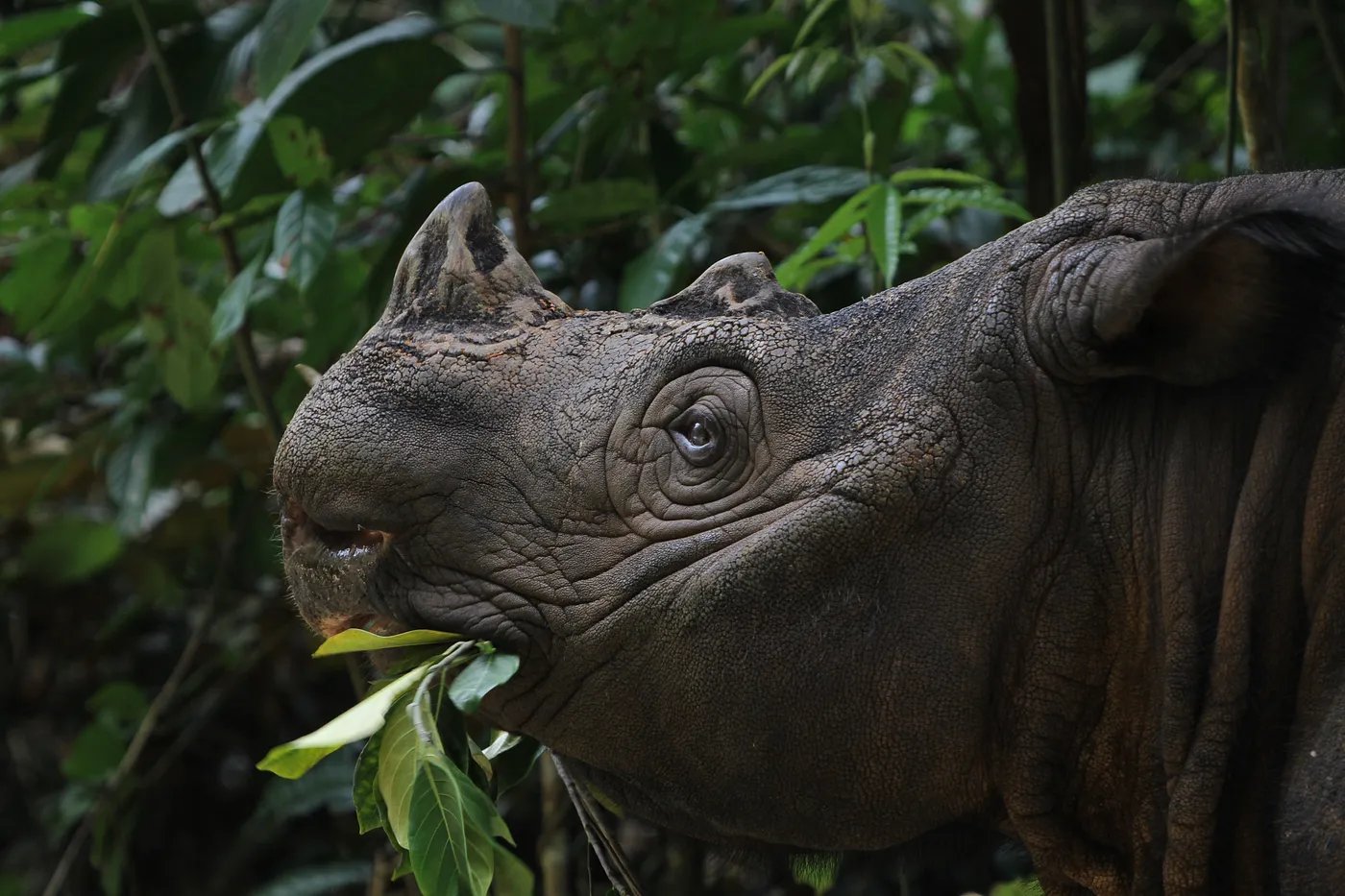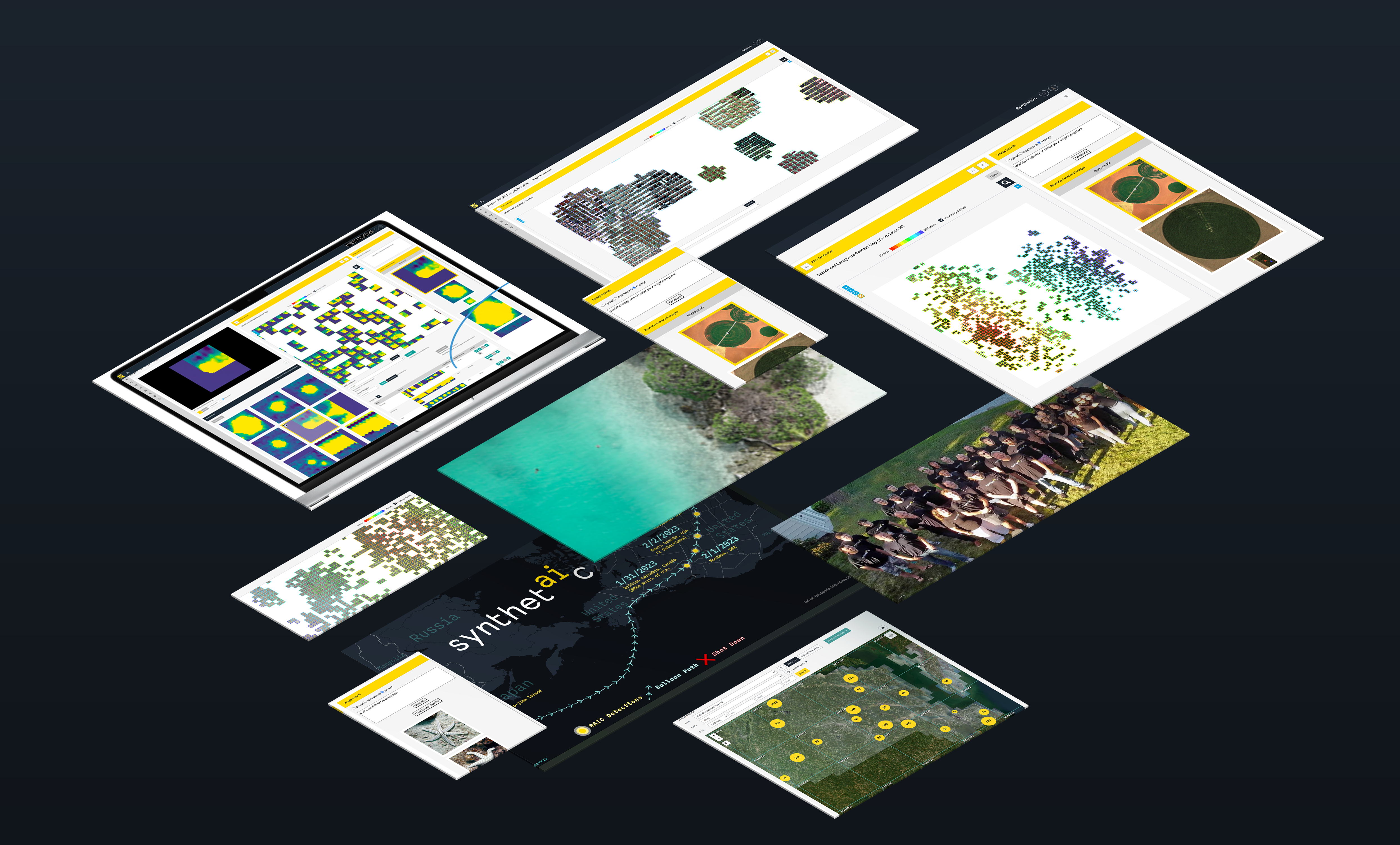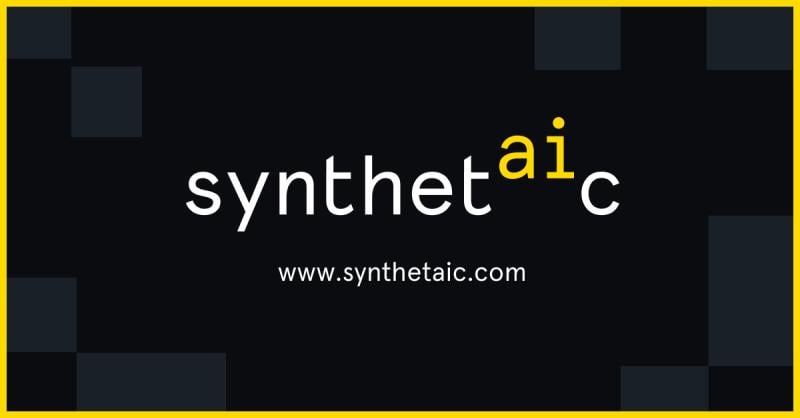Supporting Meaningful Outcomes with Synthetaic's AI for Impact Program
RAIC is a powerful tool: its unique ability to analyze massive amounts of visual data has proven to be a force multiplier in the realms of conservation, humanitarian relief, scientific discovery, and climate action. The alternative — building or purchasing a new bespoke AI model for each new use case — is costly, as well as time- and labor-intensive. For most organizations, these are major hurdles. For impact-based organizations, which often operate with limited budgets, resources, and time, they’re total dealbreakers. That’s why our AI for Impact program exists: to ensure that change makers and organizations alike can leverage the power of RAIC for their missions.
Impact isn’t an afterthought at Synthetaic; it’s in our DNA. Synthetaic’s CEO and founder, Corey Jaskolski, founded the company after his work to help save the endangered Sumatran rhino inspired him to reimagine the limits of AI and data. Conservation work was a key player in RAIC’s origin story, and impact is central to the company’s mission today.

Today, Synthetaic works with a diverse group of organizations on projects ranging from building faster processes for search-and-rescue operations with the United Nation’s World Food Programme, to studying bird populations in fragile ecosystems with The Nature Conservancy’s California chapter. Impact partners receive hands-on support every step of the way from dedicated customer success and engineering staff.
To illustrate how the AI for Impact program works, let’s look at one of our longest-standing impact partnerships. Climate TRACE is a coalition of non-profits and changemakers tracking human-caused greenhouse gas emissions to enable concrete, targeted, and measurable climate action. I spoke with Sam Schiller, CEO and Founder of Carbon Yield, to discuss the coalition’s work, and where RAIC has fit into it.
Historically, the ability to quantify greenhouse gas emissions on a global scale has been dependent on self-reporting, which was incomplete in scope and rarely (if ever) independently verified. Climate TRACE uses innovative technologies including satellite data, remote sensing, and artificial intelligence to produce an independently-observed, comprehensive inventory of greenhouse gas emissions.
Like many AI for Impact partnerships, Climate TRACE came to us via word-of-mouth. Sam recalled: “An engineer from our team heard about some of our challenges... She said, don’t worry, these folks [at Synthetaic] will take care of you. We got on a call and Synthetaic achieved results on a ten-minute demo that would have taken us weeks. The rest is history, as they say."
My first step is always to have in-depth discussions about the organization's goals, their interest in AI, the data they collect, and the resources they have available. It's important for me to meet our partners where they are and collaboratively design projects that have real-world impact and are a match with RAIC's capabilities.
"We tend to think of Synthetaic not as our AI provider, but as Carbon Yield’s actual AI team."
Having worked extensively with NGOs in the past, I’m sensitive to the challenges they face when working with tech companies. Many of these organizations have been disappointed by technologies that promised more than they delivered. That's why setting clear expectations at every stage of a project is crucial. From assessing whether an organization's data is suitable for RAIC, to defining the support Synthetaic will provide, open lines of communication are essential for fostering long-lasting partnerships.
In the case of Climate TRACE, there were a few potential avenues for RAIC to help them achieve a more accurateand granular accounting of emissions. In collaboratively designing projects, I consider a few criteria, including the potential for measurable, sustained real-world impact and RAIC’s suitability to the use case. After a series of conversations with member orgs Carbon Yield and WattTime, we selected a project: locating concentrated animal feed operations (CAFOs) around the world.
Carbon Yield originally piloted RAIC on satellite data of California, Texas, and Argentina. “We were immediately blown away by what the technology could do,” Sam said. “RAIC allowed us to work at a speed and scale that would have been impossible otherwise.”
.png?width=907&height=773&name=cafo%202%20(1).png)
One example of a CAFO identified in Planet Labs imagery
Since then, RAIC’s been deployed on imagery of Mexico, South Africa, Australia, and China. Next up: the entire world. “Soon, we’ll be able to attribute methane emissions to individual livestock facilities around the world,” Sam said. “The results that come out of RAIC are fundamental to that work.”
He adds: “But it’s more than just the power and sophistication of the technology. Synthetaic has acted as a partner to our work, in every sense of the word. At this stage in our relationship, we tend to think of Synthetaic not as our AI provider, but as Carbon Yield’s actual AI team. That’s the level of care and collaboration they’re bringing to the table.”
Impact organizations like Climate TRACE are doing vital work, and we’re proud of the part RAIC plays in it.



